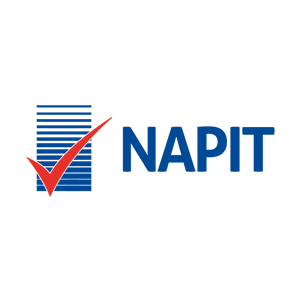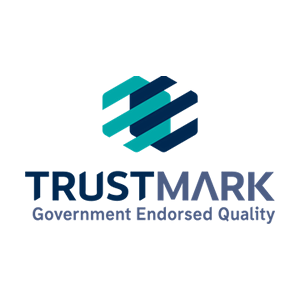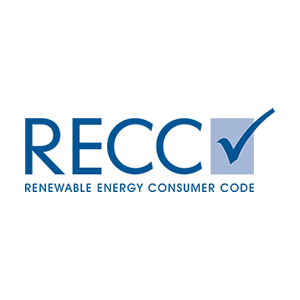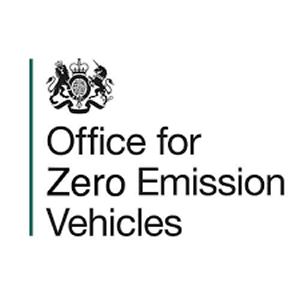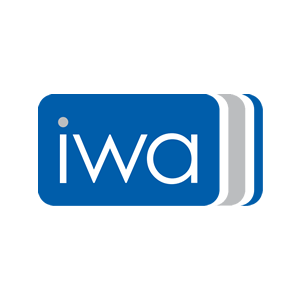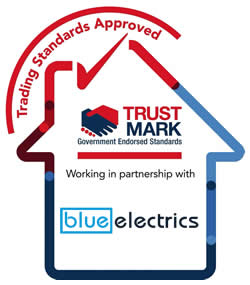If you’re considering solar energy for your home, understanding regulatory requirements can be crucial. Following our previous discussions on G98 and G99, today we’ll explore G100 Issue 2 (G100-2) Compliance and its significance for residential customers.
What is G100 Compliance?
G100 Compliance focuses on ensuring that solar power systems, energy storage systems, and related devices manage the energy they generate or consume without overloading the grid. This is done through import and export limitation, which regulates how much energy can flow into and out of your home.
Key Points of G100-2:
- Safety and Stability: The primary goal is to protect the electricity grid from being overloaded by controlling how much power is exported (sent to the grid) and imported (drawn from the grid).
- Customer Limitation Schemes (CLS): G100-2 introduces specific criteria for systems that limit the amount of energy exported and/or imported. These schemes ensure that the energy flow aligns with the capacity agreed upon with the Distribution Network Operators (DNOs).
- Technological Integration: It includes provisions for integrating smart technologies like wireless communication and enhanced voltage tolerance to better manage energy flow and ensure compliance even during system failures.
- Cyber Security and Fail-Safe Mechanisms: Although not mandatory, it recommends having cyber security measures in place. Additionally, fail-safe mechanisms must be implemented to manage energy flow during communication or system failures.
- Installation and Commissioning: Increased requirements for installing and commissioning these systems ensure that they are correctly set up and secure, with access limited to qualified professionals.
How G100 Relates to G98 and G99
G100 compliance works in conjunction with G98 and G99 regulations, which govern the connection of generation equipment to the grid. While G98 and G99 focus on the technical standards and connection requirements, G100 addresses the operational limits of energy systems to prevent grid overload.
Maximum Export Limitations (MEL)
Maximum Export Limitation (MEL) is a critical aspect of G100 compliance. MEL ensures that the amount of electricity exported to the grid does not exceed the capacity agreed upon with your DNO. This helps maintain grid stability and prevents potential overloads.
Blue Electrics Handles G100 Compliance for You
At Blue Electrics, we take the complexity out of compliance. Our team ensures that all installations meet G100 standards, providing you with peace of mind and a hassle-free experience. We handle all the technical details, from system design to commissioning, ensuring your solar power setup is safe, efficient, and compliant.
Conclusion
For residential customers, G100 compliance means peace of mind knowing that their solar systems are safe, efficient, and contributing positively to the grid’s stability. To learn more about how G100 compliance impacts your solar power setup, visit our detailed guide or consult with a professional installer.
Explore our range of G100-2 compliant products and ensure your solar power system is up to standard. For more information, check out our previous posts on G98 and G99 regulations.
Stay informed, stay compliant, and enjoy the benefits of a well-regulated solar energy system!






